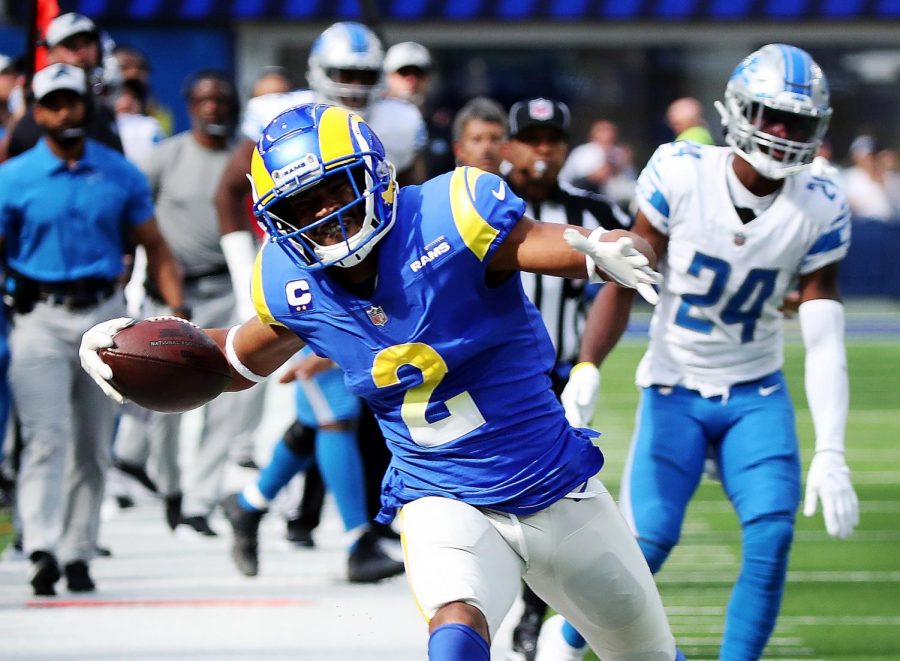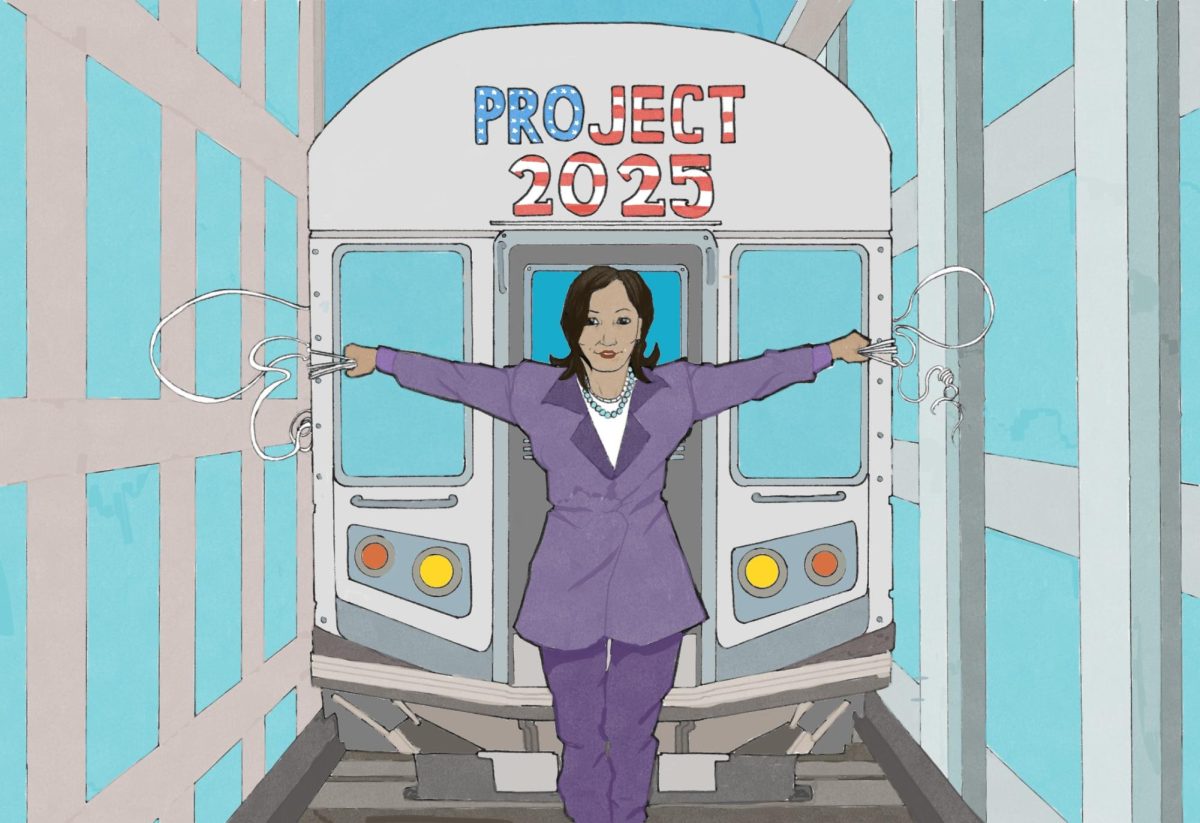Television ads for fast food may be consuming more than children’s time and attention.
Fast food advertising has strongly influenced children to hunger for fast food of all kinds.
McDonald’s, Burger King, and Wendy’s are just some of the few fast food chains that use commercials to target their audience and aim to lure them into buying their fast food.
According to www.commercialfreechildhood.org, “In a 2007 study, preschool children reported that food in McDonald’s wrappers tasted better than food in plain wrappers, suggesting that branding can even trump sensory input.”
While adults see these, and crave said food, children are more susceptible to these commercials because they are drawn to color, music, and animation.
McDonald’s has new cartoons on their commercials, a switch for the old Ronald McDonald, which tell a mini story every time it airs.
One thirty-second commercial can influence the brand preferences of children as young as to, according to that website.
A big part of a child’s attention span is attracted to story telling.
According to that same website, “[kids] consume about 167 extra calories for ever hour of TV that they watch. A preschooler’s risk for obesity increases by [six percent] for every hour of TV watched per day.”
This is a shocking but truthful reality we are faced with every single day. Children watch a tremendous amount of television, and their diet and food preferences or requests are influenced by these commercials.
Not only that, but companies such as Pop Tarts and Betty Crocker are using licensed television characters like Spongebob to market their products out to the audience.
Kids receive these subconscious messages to opt for fast food and candy, but companies are promoting them in any which way they can, including television characters.
These commercials should not necessarily be removed, but they should definitely be regulated as to how many times the same commercial can run during the break of a child’s program.
Companies pay for the airtime, so it is understandable that they run however many times they pay for as that is where the profit comes from, but future generations are being affected by this “profit”.
At this rate, America’s obesity percentage will be skyrocketing even higher by the time these kids reach their 30s.












